Home>Ideas and Tips>Ghost Light Mastering Natural Illumination
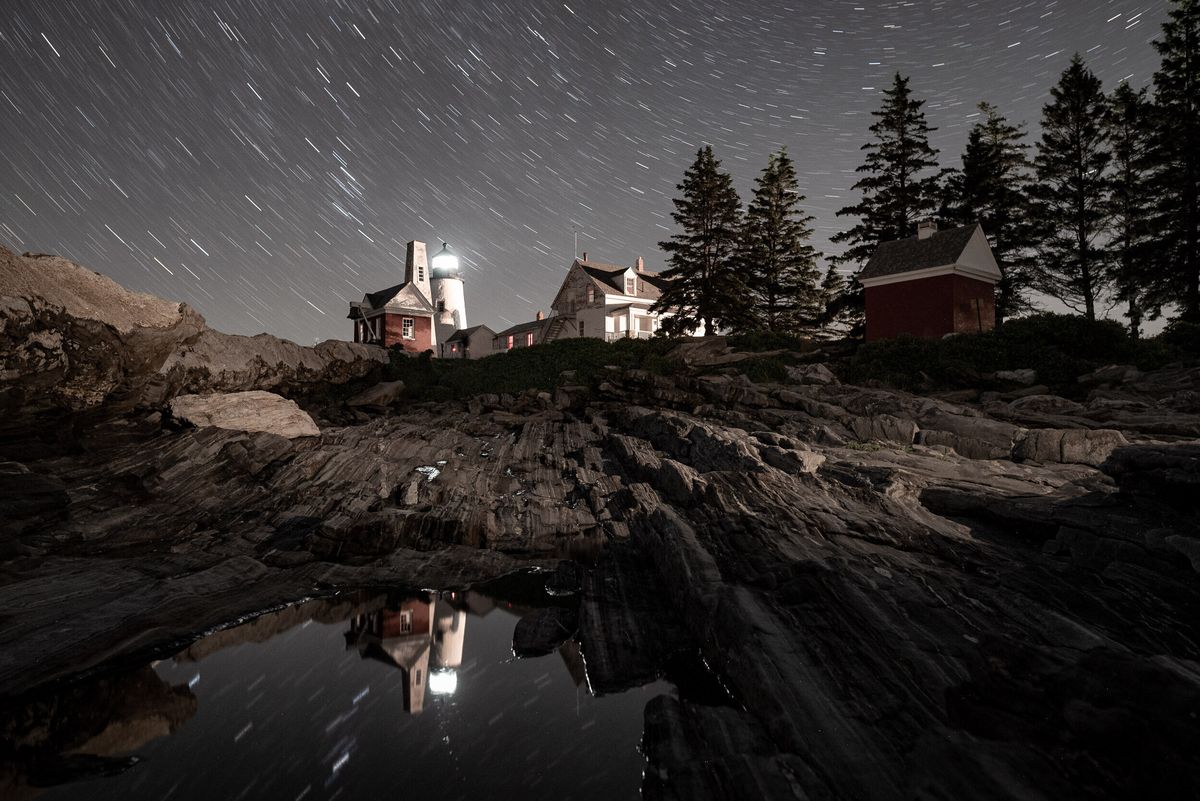

Ideas and Tips
Ghost Light Mastering Natural Illumination
Published: October 20, 2024
Discover the art of ghost light and master natural illumination techniques for photography, theater, and film. Enhance your creative projects with expert lighting tips.
(Many of the links in this article redirect to a specific reviewed product. Your purchase of these products through affiliate links helps to generate commission for Storables.com, at no extra cost. Learn more)
Introduction
The term "ghost light" can refer to several different concepts, each with its own unique application and significance. In this article, we will delve into the various meanings of ghost light, exploring its origins, uses in different fields, and how it can be utilized to master natural illumination. Whether you are a photographer, a theater enthusiast, or simply someone interested in lighting techniques, understanding ghost light can enhance your creative endeavors and provide a deeper appreciation for the art of illumination.
Read more: Shadows Of Style Mastering Mood Lighting
The Origins of Ghost Light
The term "ghost light" has its roots in the theater world. In this context, ghost light refers to a small amount of light left on stage after performances to prevent accidents and ensure safety. This practice dates back to the early days of theater, where actors and stagehands would need to navigate the darkened stage without tripping over set pieces or other objects. The ghost light serves as a beacon, providing just enough illumination for someone to reach the controls without injury.
Pepper's Ghost Illusion
Another fascinating application of ghost light is the Pepper's Ghost illusion, named after its 16th-century inventor Giambattista della Porta. This technique uses a combination of mirrors and glass to create the illusion of objects or people appearing in a location where they are not actually present. The Pepper's Ghost effect has been used in various forms of entertainment, including theater, cinema, and even political speeches. For instance, in the 1940 film Beyond Tomorrow, the technique was used to show three ghosts in the second half of the movie. Modern implementations include teleprompters and special effects systems like Musion Eyeliner and Cheoptics360.
Cave Lighting in Photography
In the realm of photography, ghost light takes on a different form known as "cave lighting." This technique involves placing your subject in a dark area with only the bright entrance of a "cave" providing the light source. The result is soft, natural illumination that highlights the subject's features while creating beautiful shadows. This method is particularly useful for capturing portraits and can be easily replicated using natural light sources such as doorways or tree cover. For studio setups, large softboxes can be used to mimic this effect, often accompanied by negative fills to prevent unwanted reflections.
Creative Applications of Ghost Light
Beyond its practical uses in safety and illusion techniques, ghost light has inspired creative applications across various artistic fields.
Photography
In photography, understanding how to harness natural light effectively is crucial for capturing high-quality images. The cave lighting technique is just one example of how photographers can use ghost light principles to create stunning portraits. By positioning subjects near light sources while blocking other lights, photographers can achieve soft, classic lighting that enhances their subjects' features without harsh shadows.
Theater and Performance
In theater and performance arts, maintaining a ghost light on stage ensures safety during rehearsals and performances. However, it also serves as an artistic element that can influence set design and overall ambiance. For instance, a well-placed ghost light can create an eerie atmosphere in a gothic horror setting or add depth to an otherwise minimalist stage design.
Film and Television
In film and television production, ghost light effects are often used to create illusions or enhance visual storytelling. The Pepper's Ghost technique has been employed in numerous movies and TV shows to create seemingly impossible scenes or add an element of mystery. For example, in Home Alone, CGI was unable to produce the desired results for a scene involving Harry's head in flames; instead, the Pepper's Ghost technique was used to achieve this effect.
Read more: How To Get Natural Light Into A Basement
Mastering Natural Illumination
Mastering natural illumination involves understanding how to work with available light sources to achieve desired effects. Here are some tips for photographers looking to improve their skills in this area:
- Identify Natural Light Sources: Look for areas where natural light enters a space, such as doorways or windows. These can be ideal locations for capturing portraits using cave lighting techniques.
- Block Unwanted Light: Use negative fills like black cards or fabric to block light from bouncing around the room and hitting the sides of your subject.
- Experiment with Angles: Don’t be afraid to experiment with different angles and positions to find the best way to capture your subject under natural light.
- Use Softboxes: In studio settings, large softboxes can mimic cave lighting by providing soft, diffused light that enhances your subject’s features.
- Pay Attention to Shadows: Shadows can add depth and interest to your images; learn how to work with them rather than trying to eliminate them entirely.
Conclusion
Ghost light is more than just a term; it represents a versatile concept that spans multiple fields from safety measures in theater to creative lighting techniques in photography and film production. By understanding its various applications and mastering natural illumination principles, artists can enhance their work and create more compelling narratives. Whether you are a seasoned professional or an aspiring artist, embracing the concept of ghost light can open up new possibilities for creative expression.
Additional Resources
For those interested in expanding their knowledge on ghost light techniques and color treatments, there are various courses available online that delve into these topics in depth. Additionally, exploring different lighting setups such as garage lighting or tunnel lighting can provide further insights into how ghost light principles can be applied in real-world scenarios.
By embracing the multifaceted nature of ghost light, artists across various disciplines can unlock new ways to master natural illumination and create captivating works that leave a lasting impression.
Was this page helpful?
At Storables.com, we guarantee accurate and reliable information. Our content, validated by Expert Board Contributors, is crafted following stringent Editorial Policies. We're committed to providing you with well-researched, expert-backed insights for all your informational needs.

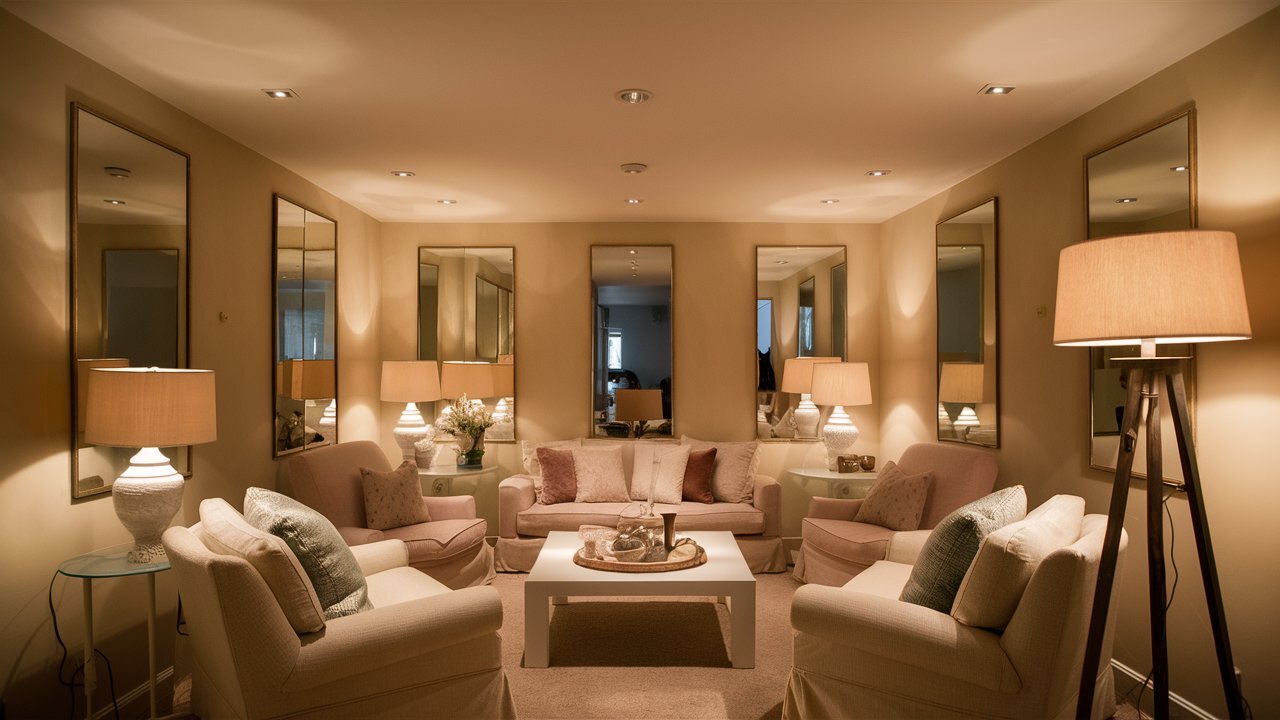
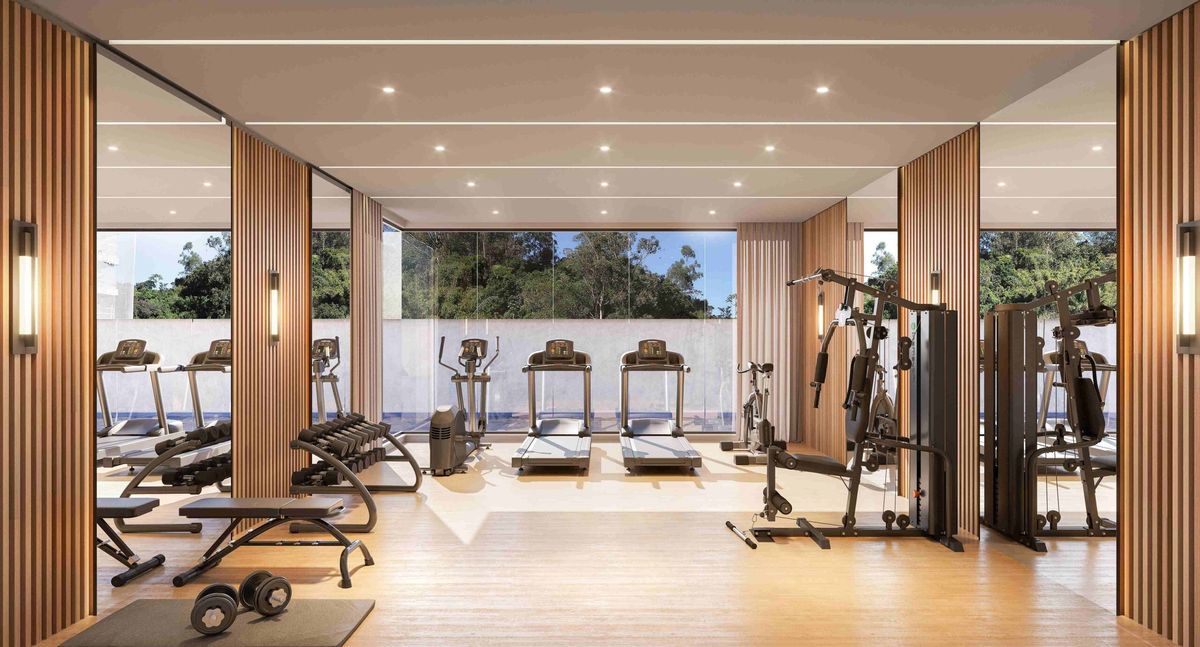
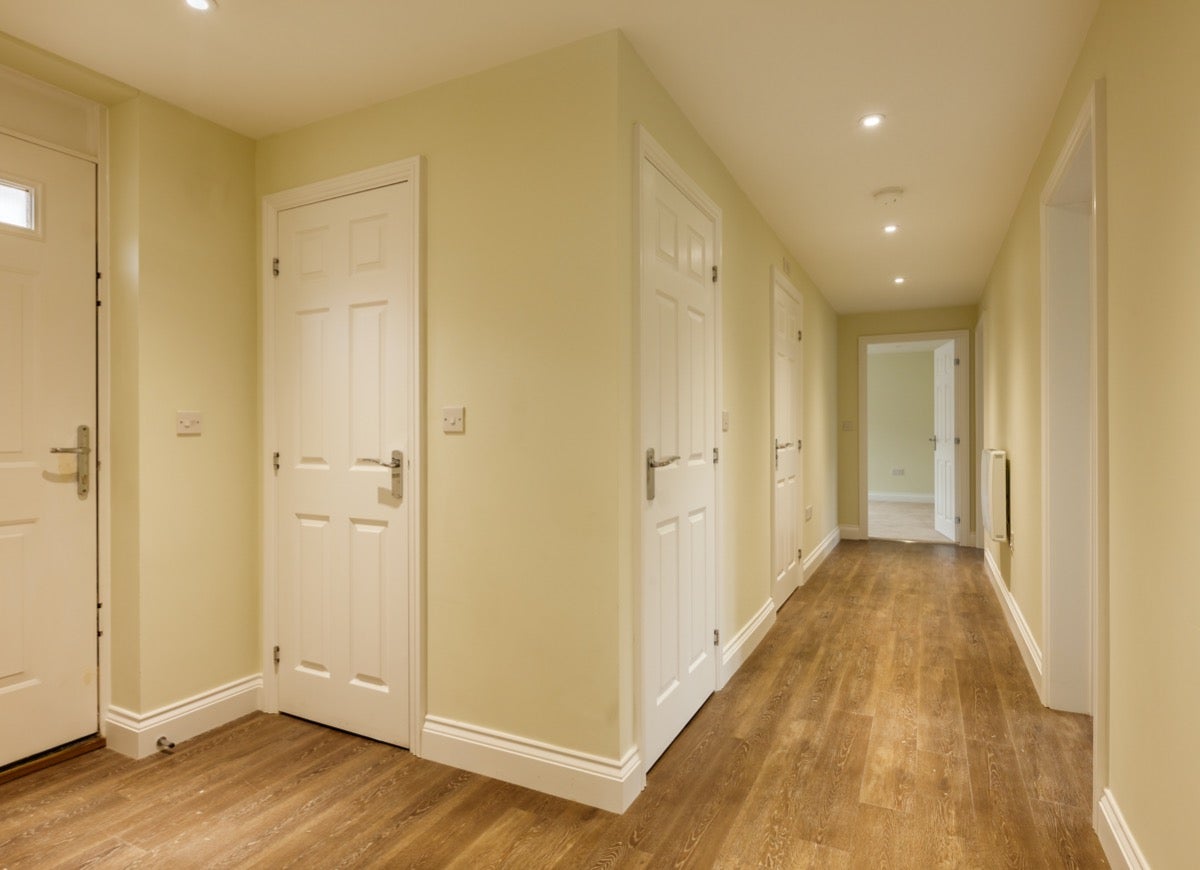
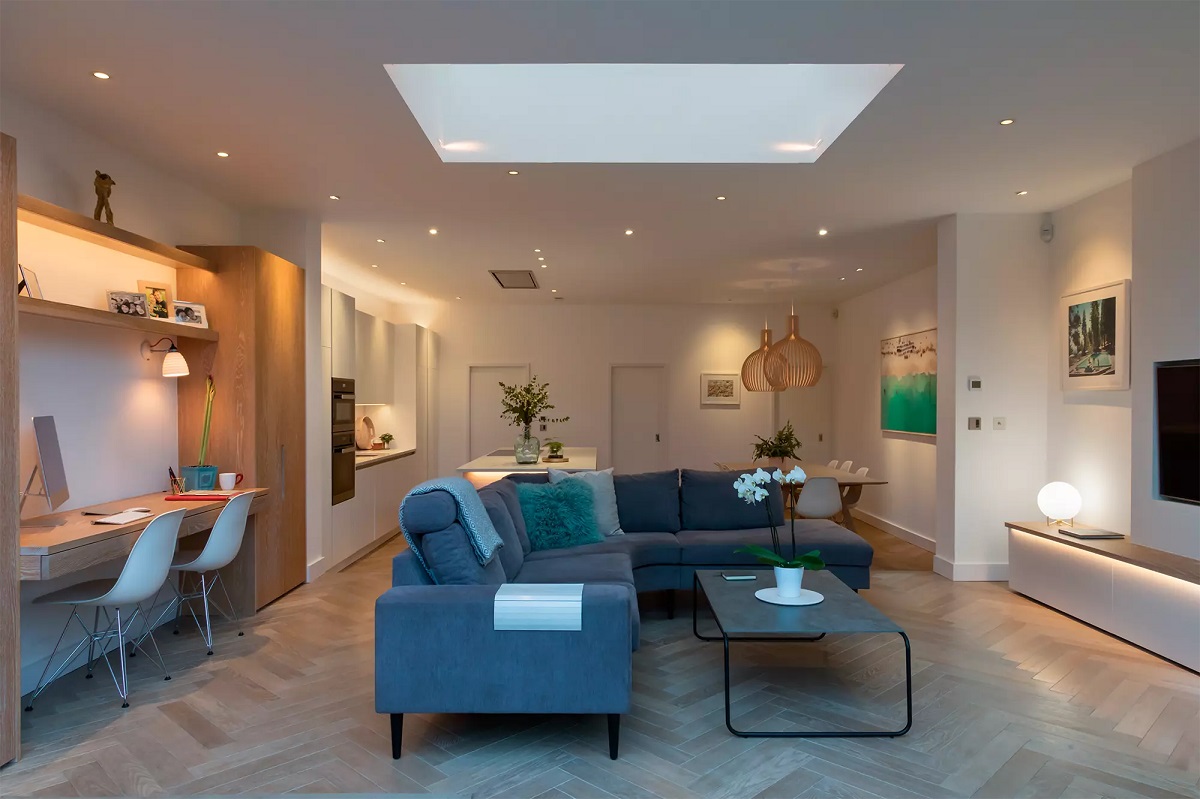

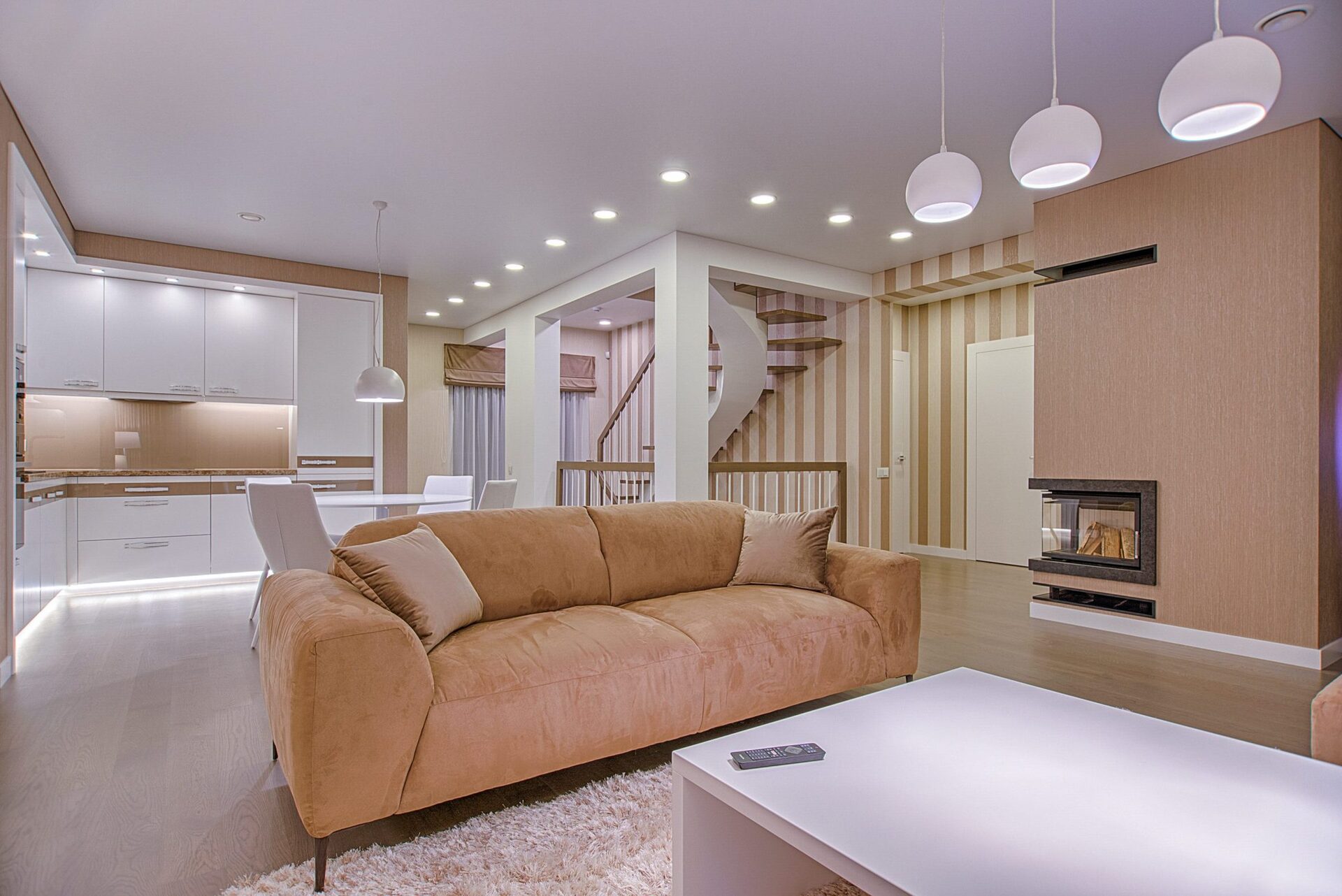

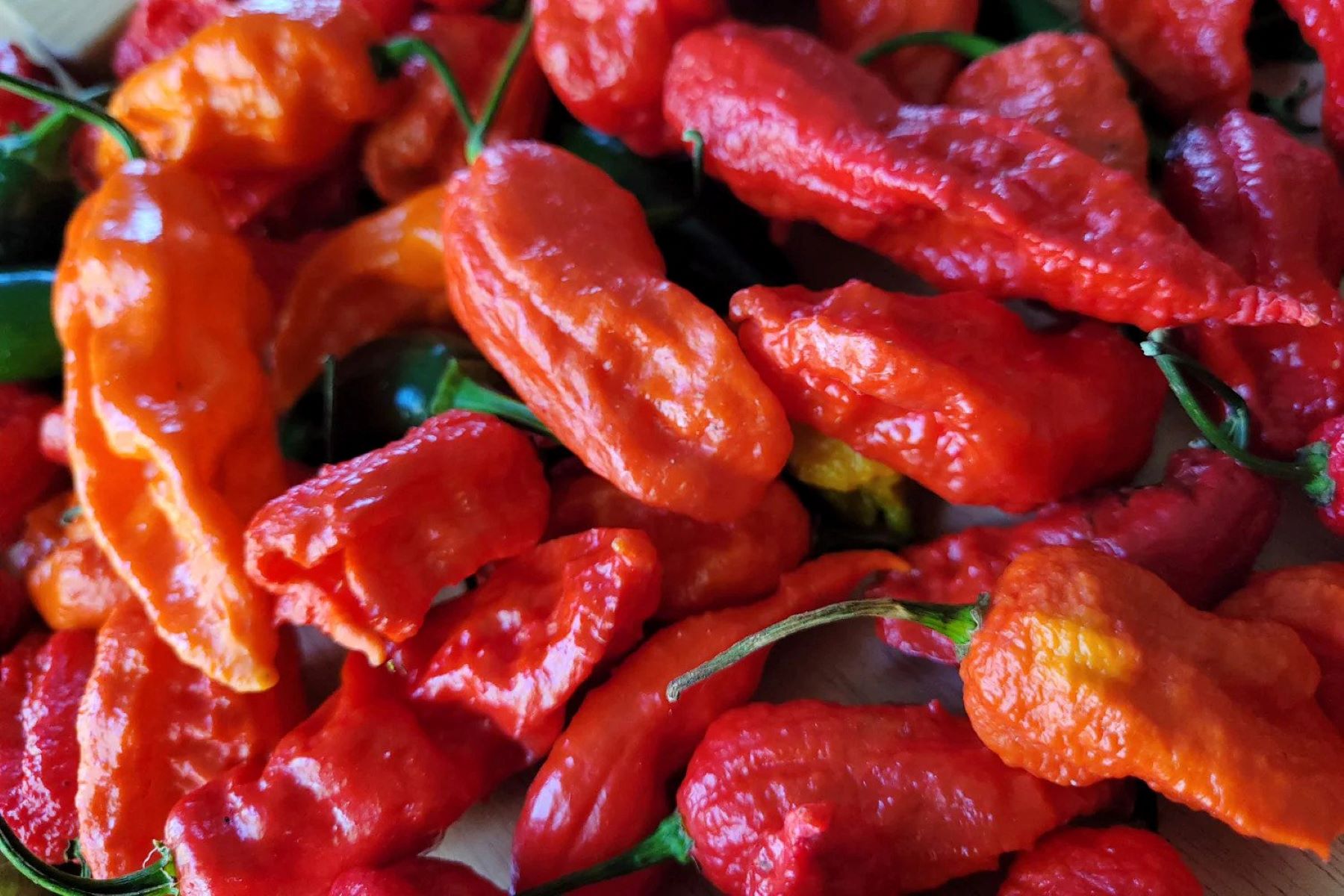

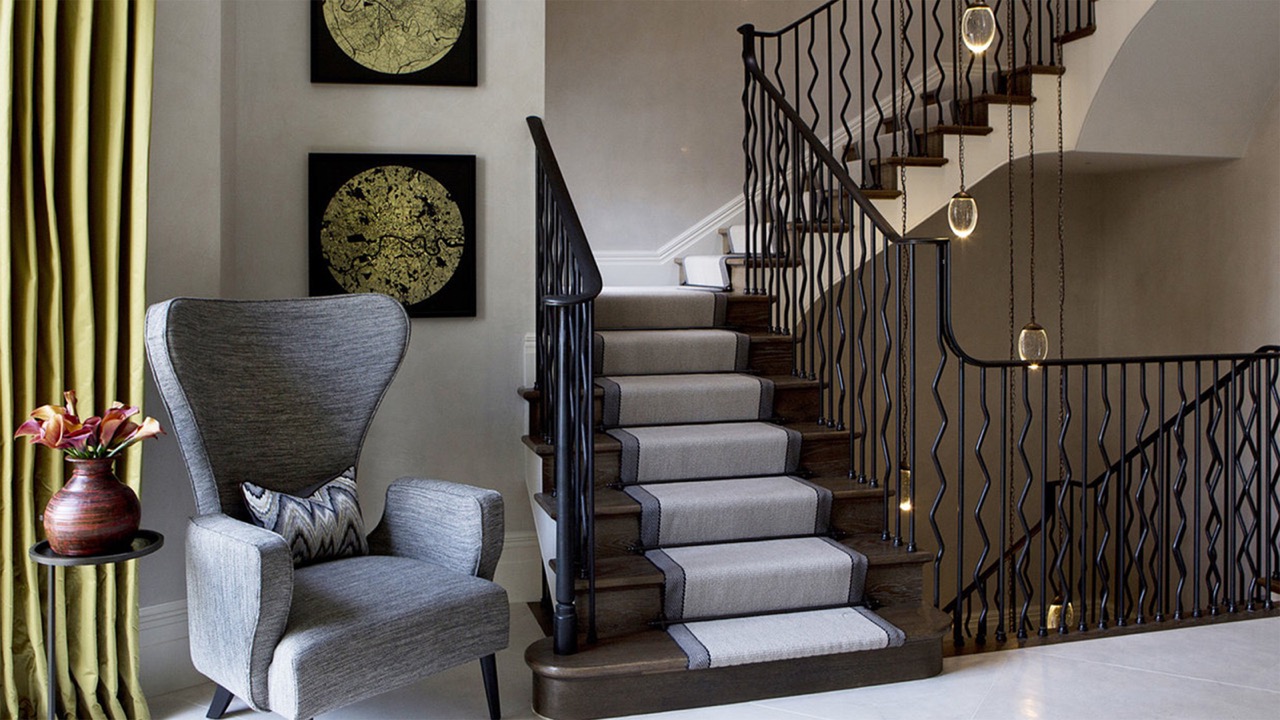
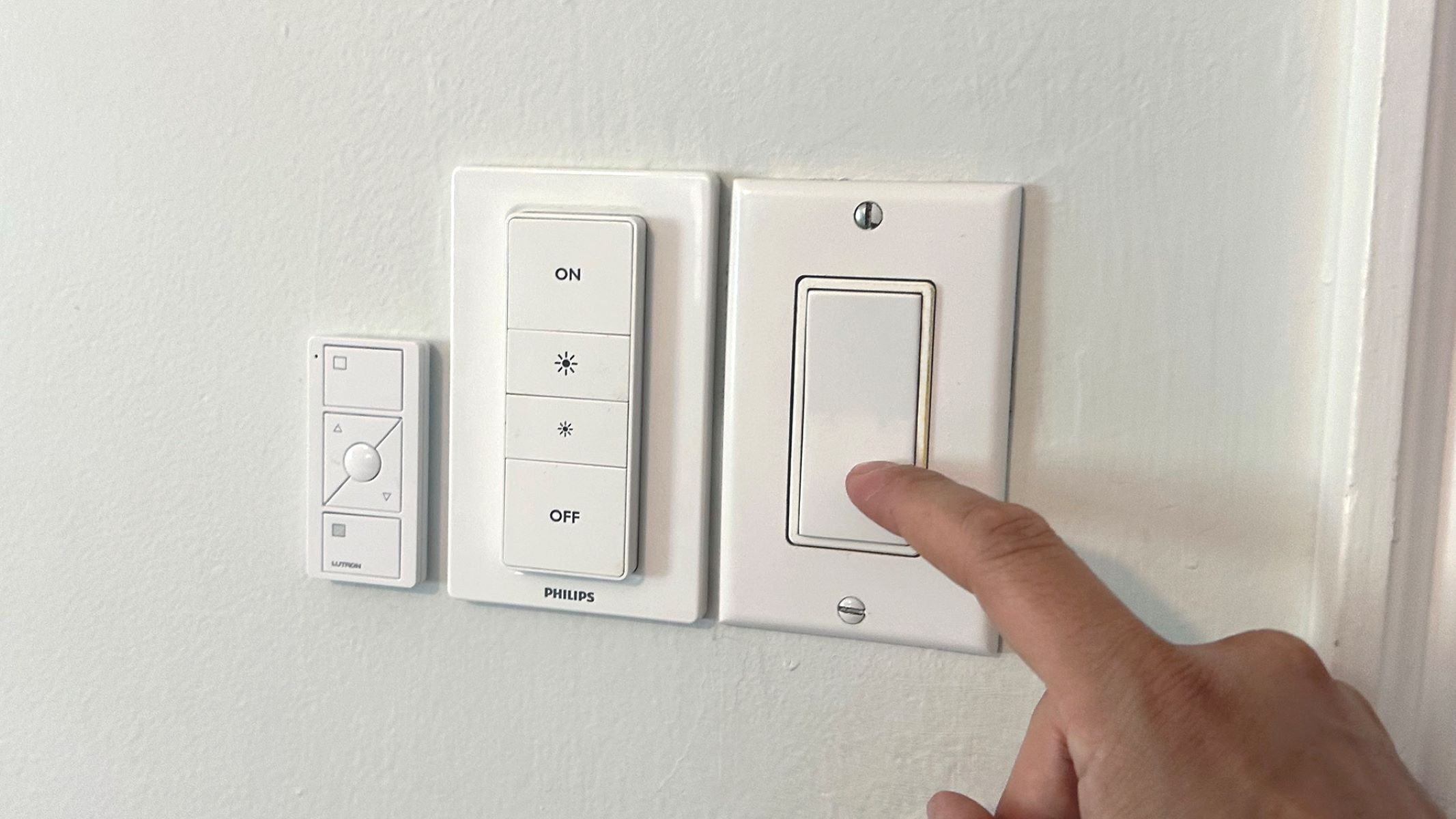
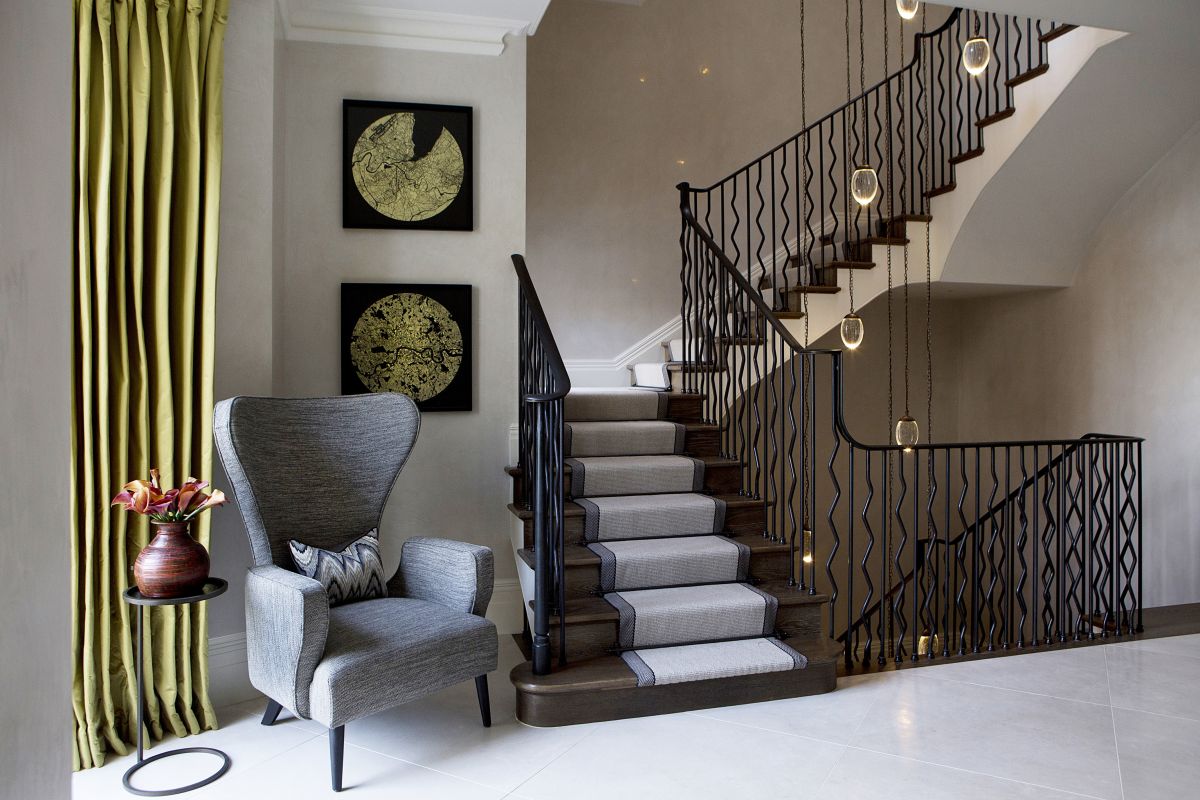
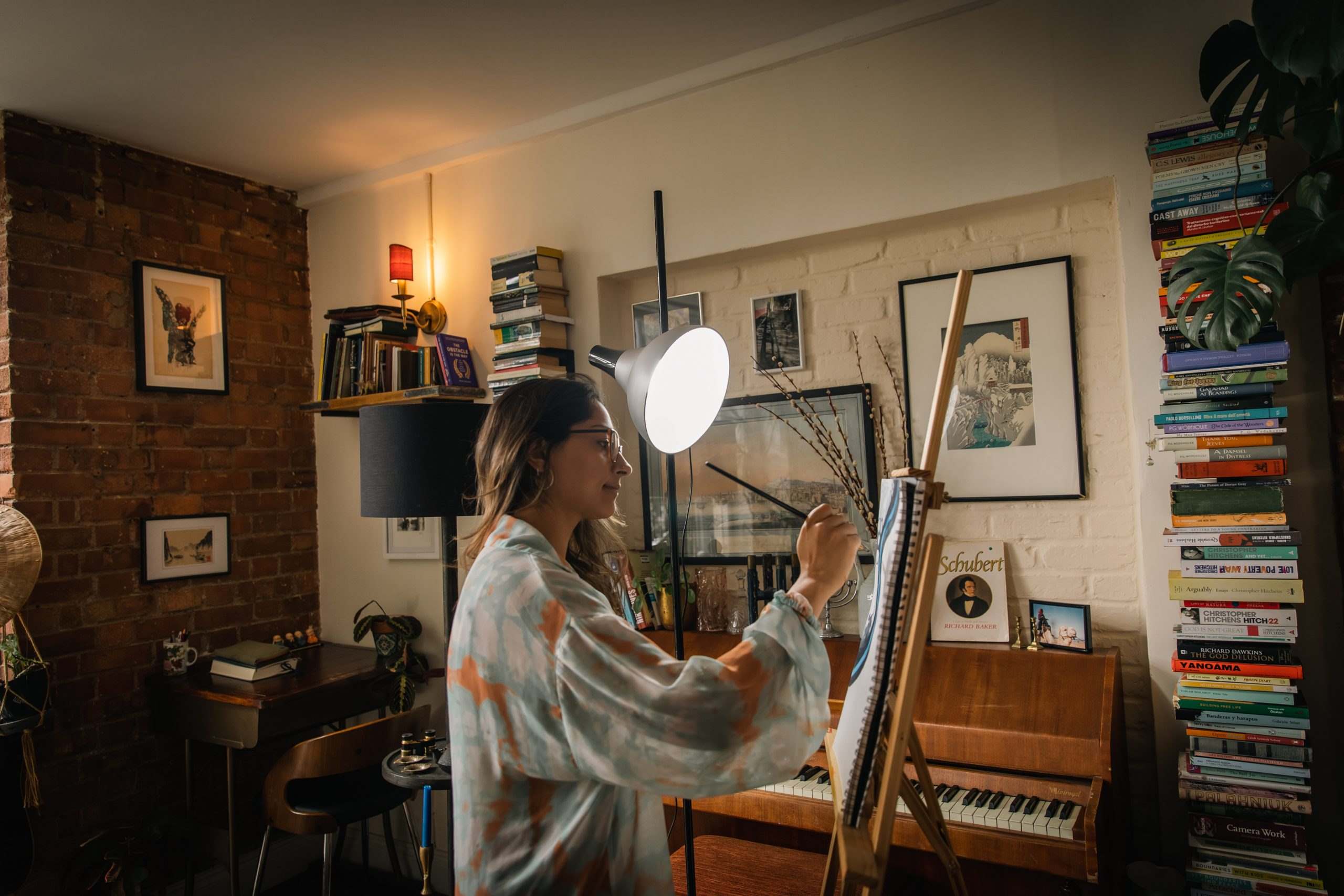

0 thoughts on “Ghost Light Mastering Natural Illumination”